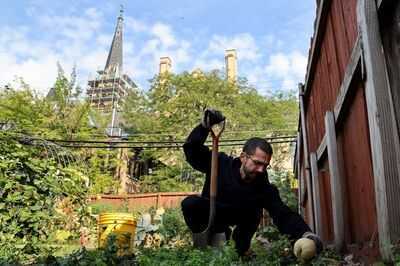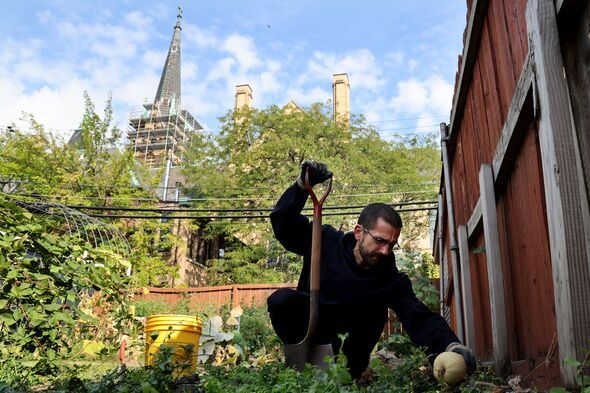

Crabgrass can turn even the lushest of lawns into a patchy mess, and is also adept at peeking through cracks in patios. But Ben Agnew from Lawnsmith has shared his advice on how to tackle heavy crabgrass infestations and stop them from returning.
What is crabgrass?
Ben said: "Crabgrass grows low to the ground with multiple spreading stems and can resemble thick grass blades. It also often manages to avoid lawnmower blades due to its growth habit and how incredibly durable it is. The weed mainly emerges in early summer and doesn't die off until the first frost. By then, it will have probably already scattered seeds across your lawn, ensuring a fresh crop the following year unless you intervene.
"Though it may not be as ugly as some larger weeds, controlling crabgrass is essential to maintain a healthy, lush lawn," added Ben. "Getting rid of it before it goes to seed will help prevent it from spreading into other parts of your garden."
Removing Crabgrass
Identify the problem areas
"Crabgrass grows outward from a central point, resembling the shape of a crab - hence its name," explained Ben.
"If you spot it early, pulling it by hand or using a weeder tool can be effective - just make sure to remove the entire root."
Use a post-emergent herbicide (for severe infestations)
For more serious outbreaks, apply a post-emergent herbicide specifically formulated to target crabgrass.
Ben said: "Be sure to read the product label carefully, though, as some herbicides may harm your lawn grass along with the weeds."
Reinforce lawn health after frost
Once the last frost passes, you should begin a lawn care routine. "This includes regular mowing, fertilising and watering deeply during dry periods to build strong root systems," said Ben.
Keep your lawn tall and thick
Mow your lawn to about three inches high. Taller grass shades the soil, making it harder for crabgrass seeds to germinate.
"Dense, well-fed lawns naturally resist weed invasions," advised Ben.
Repair bare patches
"Lay down grass seed in bare spots and water consistently until the new growth is established," said the Lawnsmith expert. "Weeds tend to invade areas where grass is sparse."
Apply pre-emergent herbicide in early spring
To stop crabgrass before it starts, use a pre-emergent herbicide in early spring. This will prevent seeds left behind from germinating and spreading across your lawn.
"Crabgrass thrives in weak, stressed lawns, so the best defence is consistent, proactive lawn care," said Ben.
"Keep on top of proper mowing, fertilising, watering and weed control practices, and you'll be able to keep this pesky weed out of your garden."